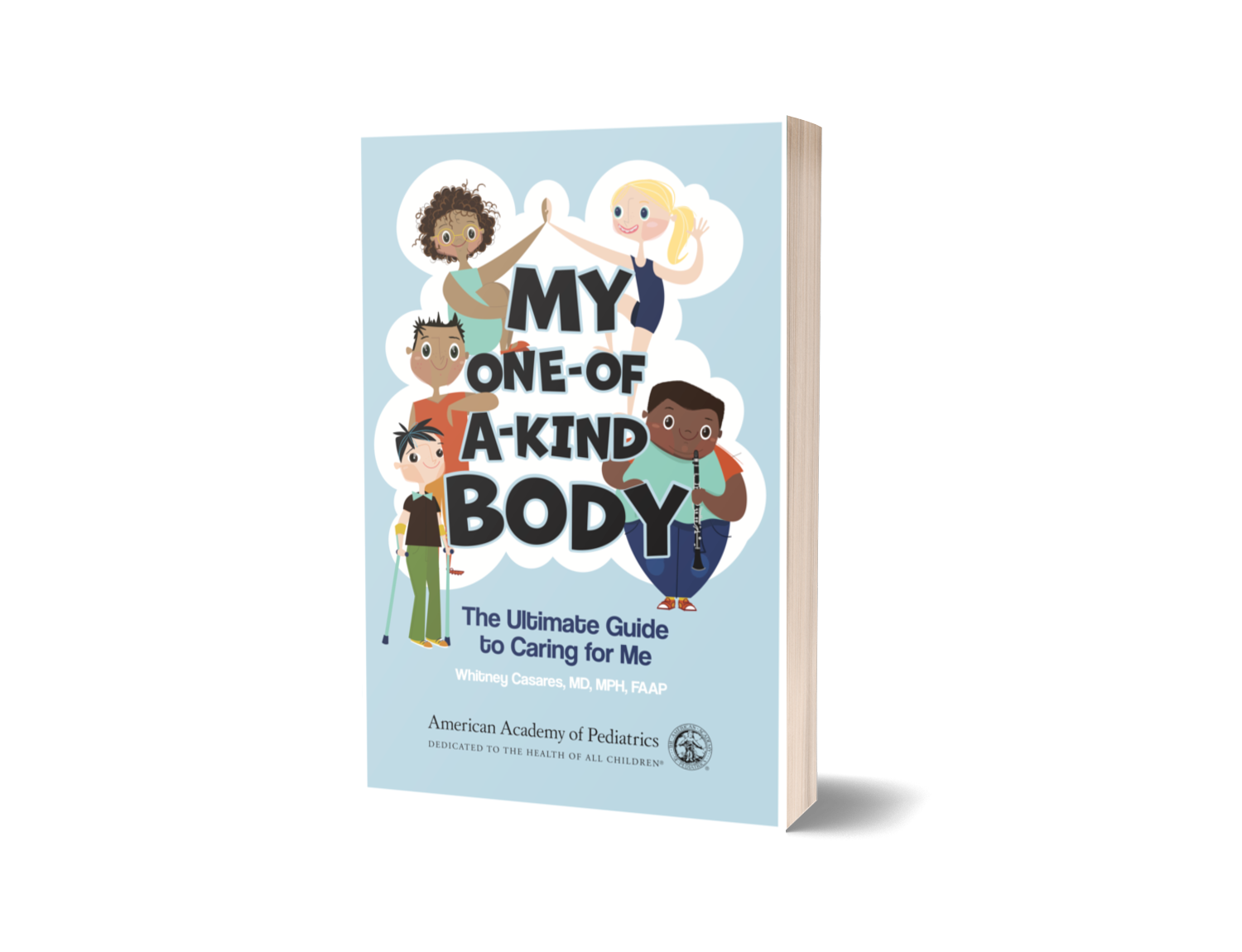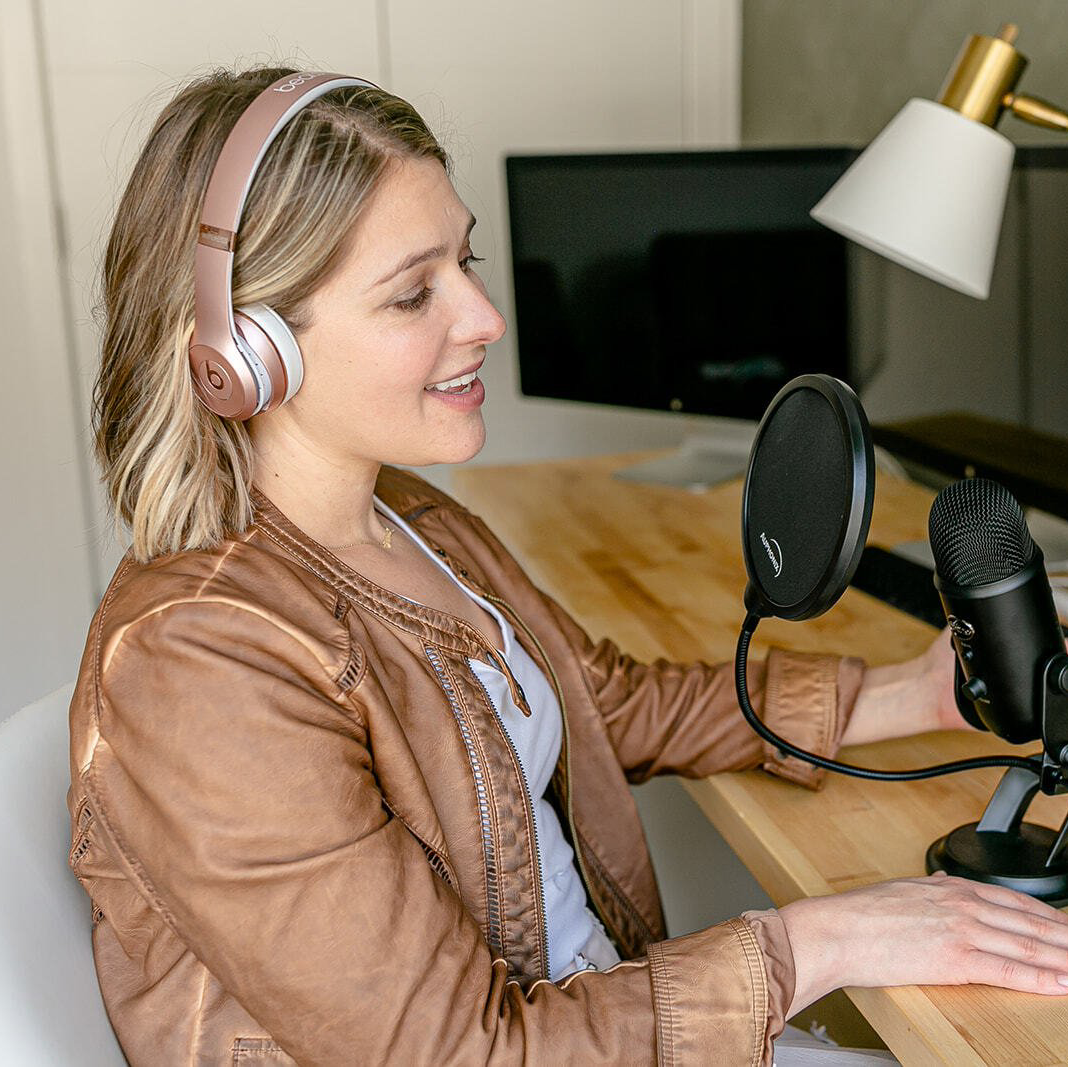This week, I'm sharing a sneak peek from Doing it All: Stop Over-Functioning and Become the Mom and Person You're Meant to Be, Chapter 2.
"DR. WHITNEY?” MY NURSE IS STANDING in the office doorway, looking panicked. “Did you see the phone note I sent you? There’s a very angry mom who says she needs to talk with you right now.” I take a deep breath and flip to my patient panel screen, doing a mental run-through of my appointments from the last week. When you’re a pediatrician, you take care of kids and their parents. Most of the time, it means celebrating first teeth and first steps with collective delight. Sometimes, it means soothing upset, frazzled, and overwhelmed moms and dads.
“It’s Ganeesha Clark,” the nurse says, still shaken. “She hung up on me. That’s so out of character for her.”
I’ve known Ganeesha, a single mom of four, since I started out in private practice eleven years ago. She works full-time at an accounting firm to support herself and her kids. I was there at the hospital when her first baby girl was born. She brought her three-year-old boy to me when he fell over a laundry basket and sliced his forehead on a coffee table. I still remember the hot tears running down both of their faces as I repaired his skin and handed him a prize for his bravery. His were tears of pain and hers of relief.
We sat in the exam room sharing tissues when her youngest son, Booker, was diagnosed at the age of two with a rare rheumatologic disorder, requiring immu- nosuppressants, weekly doctor’s visits, and, eventually, hospitalizations. I was the first person Ganeesha called when the specialists initially learned more about his accompanying asthma and thyroid condition. She didn’t need my advice. She needed my support. She needed someone to remind her she was strong enough to handle this. We’ve been through a lot together.
I scan the nurse’s notes quickly to get a better sense of what’s going on before I call Ganeesha back. I know her oldest daughter, Charity, has been struggling with anxiety and panic attacks, and that months ago, Charity saw one of our in-house therapists for a few sessions. I also know Ganeesha cut back on her hours at work when Booker’s daycare closed. Ganeesha told me during their last wellness visits that the family’s stress levels remain at an all-time high. She has been exhausted as she tries to keep up with her work responsibilities and kids’ needs.
“Dr. Whitney?” I hear Ganeesha’s voice break on the other line. She sounds almost like she’s in physical pain. I take another deep breath, this time out of concern for a mom and kids I care deeply about. “Charity is so much worse,” she begins. “I don’t know what to do. Her panic attacks are escalating. They’re happening every single day now. She has stomachaches. She’s having trouble sleeping. Her head hurts all the time. I asked to set up an appointment with a different therapist at your office because things are so bad, and they said we’d need to go somewhere else in the community for counseling unless we saw the same therapist we saw last time. But that just won’t work . . .”
She pauses. I can tell that she is unsure if she should disclose this next part.
“Dr. Whitney, the last time we met with that therapist, she kept talking with me about how because I placed so much attention on Booker, Charity was suffer- ing. She said this happens all the time with siblings of special needs kids. She didn’t mean to, but she made it sound like it was all my fault. I just can’t . . .”
Ganeesha’s voice breaks again. The weight of that statement hits me full force, pounding against my chest, settling in my bones. All my fault. I’ve heard that phrase uttered countless times from women in my Portland, Oregon, pediatrics practice and in the Modern Mommy Doc community, which reaches a national audience. It’s one I’m all too familiar with in my own life. I used to whisper it to myself as I tried to juggle the heavy expectations of working mom life. It’s what I felt as I operated from the intersection of “I can do it all,” and “It’s all up to me.” I can feel Ganeesha’s pain through the phone. I keep listening.
“I was so upset just now with your nurse, I hung up,” Ganeesha says. “I know I’ve had to pour everything into Booker. I know Charity has gotten the short end of the stick. I think every single day about what life would be like for her if she didn’t have to live with a mom who’s preoccupied by his medical issues. I know I’ve been trying harder than ever to keep my foot in the door at work and at home, to not lose a job I really love, to keep my kids even halfway okay. But somehow none of it is enough.”
If Ganeesha’s story sounds familiar to you, you’re not alone. Countless working mothers today feel stressed, angry, and abandoned. Every day, we’re pulled in a million different directions with demands on our attention, time, and energy coming from a head-spinning number of sources: kids, work, home, friends, self-care, and screens. Then, there’s the systemic challenges: reinforced gender roles at home, the motherhood penalty at work, and a lack of structural or policy changes (like paid family leave or childcare) to relieve the heavy burden. These problems have long existed but have been greatly exacerbated in the last few years. Is it any wonder studies emerge daily citing an increased exhaustion gap, parental burnout, and mom rage? Working moms are conflicted: Too often we feel like we’re not doing enough even while we feel simultaneously like we have nothing more to give.
Ganeesha’s story was familiar to me too. For years I bought the lie that over-productivity, hustle culture, self-martyrdom, and finely-honed perfectionism would be the answer to working mom success. Facing depression and anxiety, a mountain of education and consumer debt, my daughter’s mental health crises, and a broken marriage—all while helping patients every day—brought me to my knees. These challenges exposed my flawed ideas about what it means to be successful in the workplace, as a parent, and as a human being.
Back then, I was exhausted, angry, and yearning for reprieve. At the same time, I was resigned to the idea that unless the systemic issues change, we’ll never have a fighting chance at peace and happiness. The problem is, what if they don’t change? What if it takes forever to change? Are you willing to wait until things get better outside of yourself in order for things to get really, really good inside?
For me, the answer was no. I knew that, systemic injustices aside, even waiting for circumstances in my own home to improve was untenable. I decided that I was not willing to wait. I wouldn’t brush aside grief and disappointment. I wouldn’t ignore injustices and oppression in my workplace and beyond, but I would accept the reality of my more-than-slightly-messed-up life and this completely crazy world while finding solutions that helped me thrive within it. I chose to embrace the concept of radical acceptance: the idea that the sooner we acknowledge a challenge, the sooner we can make a plan to deal with it—a plan for the short- term (what am I doing to address and exist within the reality in my life today?) and longer-term (how can I advocate for change to eventually make it better?).
The benefits of radical acceptance are manifold( less anxiety, disappointment, and resentment for one thing). After learning about it, I decided to start building a more impermeable barrier to life’s second arrows by separating what I could control (my perspective, the way I took care of myself, and the way I spent my time, energy, and focus) from what I could not (basically everything around me). Staying helpless or believing it was all my fault was no longer an option.
From that moment on, I chose to live by this truism: We can’t change what we can’t change. If we can change it, it often takes much longer than we want to make even small progress. But we can do something really, really powerful every single moment of every single day. We can adjust our definition of success away from an idealized fantasy of manifested bliss in a world with no problems and toward a life that’s purposeful and aligned and one that holds true despite the first arrows that keep flying at our faces."
Your Next Steps
Want to read more? Check out
Doing it All: Stop Over-Functioning and Become the Mom and Person You're Meant to Be in paperback, eBook, and audiobook.












